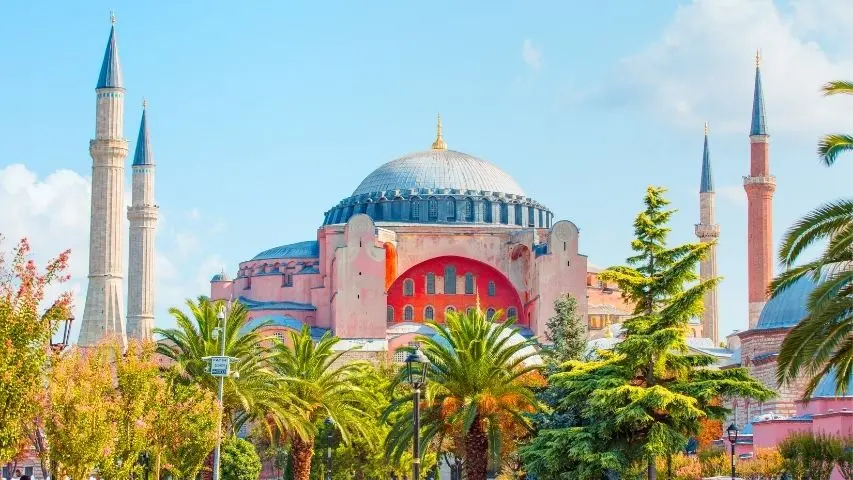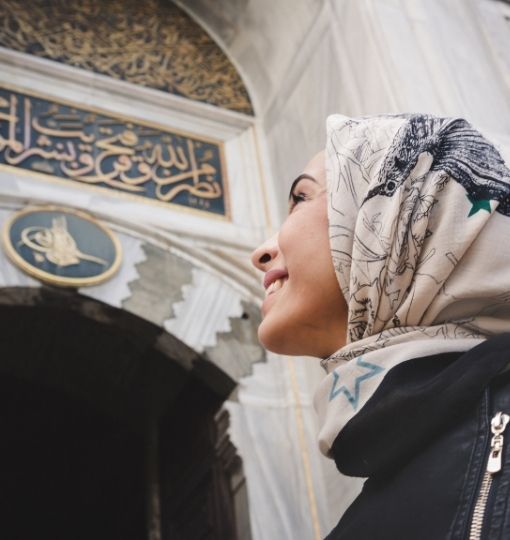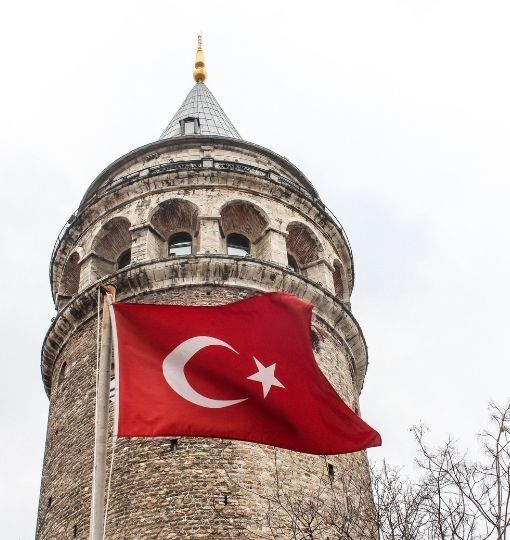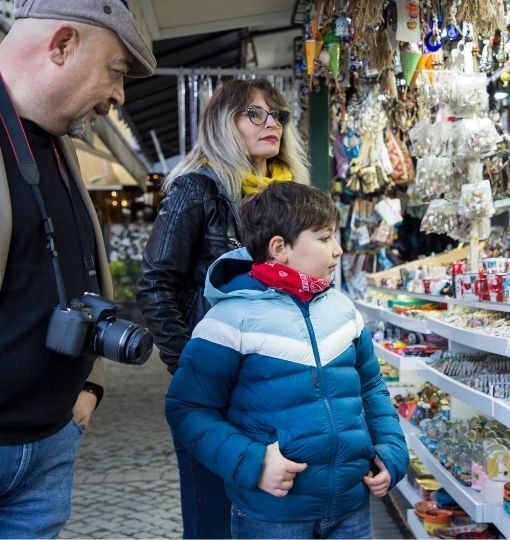Istanbul is often described as a city where East meets West, but for those who look closer, it is also a city where the past meets the present in unexpected corners. While the grandeur of Hagia Sophia and the majesty of Topkapi Palace draw millions of visitors each year, it’s the hidden corners of Old Istanbul that offer the most personal, memorable experiences.
Tucked away behind monumental landmarks and woven into quiet streets are forgotten courtyards, overlooked mosques, and historic neighborhoods where time seems to pause. These places don’t always appear in guidebooks or on the average traveler’s itinerary, but they tell stories just as compelling—often more so.
With the Istanbul Tourist Pass®, which grants entry to over 100 top attractions and experiences across the city, visitors can explore not just the well-known highlights but also these lesser-known gems—saving time, money, and the hassle of individual bookings.
Here are some of the most rewarding hidden treasures of Old Istanbul.
The Zeyrek District and the Zeyrek Mosque
Zeyrek is a historic neighborhood near the Golden Horn, largely untouched by modern redevelopment. Its narrow lanes, modest homes, and locals sipping tea on the sidewalk offer a glimpse of a slower, more authentic Istanbul.
At the heart of Zeyrek stands the Zeyrek Mosque, formerly the Monastery of the Pantocrator—a Byzantine structure that predates even Hagia Sophia in parts. The building’s layered history, architectural complexity, and quiet serenity make it one of the most underrated spiritual sites in the city.
A stroll through Zeyrek, with views over the Golden Horn, is a journey through centuries of change and continuity.
Fener and Balat: The Living Story of Multicultural Istanbul
To the northwest of the Historic Peninsula, along the shores of the Golden Horn, lie the adjoining neighborhoods of Fener and Balat. These districts once formed the cultural heart of Istanbul’s Greek Orthodox and Jewish communities.
Here you’ll find the Phanar Greek Orthodox College, a dramatic red-brick structure resembling a fortress; the Church of St. George, seat of the Ecumenical Patriarch of Constantinople; and quiet synagogues and Armenian churches that speak to the city’s layered identity.
Balat is also a haven for photographers and wanderers: cobbled streets curve between pastel-colored homes, old bookstores, vintage shops, and artisanal cafés. A guided walking tour—available through the Istanbul Tourist Pass®—is one of the best ways to uncover the deep stories embedded in these neighborhoods.
Rustem Pasha Mosque: A Hidden Masterpiece
While many flock to the Blue Mosque and Süleymaniye Mosque, few discover the understated brilliance of the Rustem Pasha Mosque, discreetly nestled above shops in the Spice Bazaar district.
Designed by the legendary architect Mimar Sinan, this mosque is often cited as a jewel of Ottoman tilework. The walls are adorned with intricate Iznik tiles—floral patterns in cobalt, turquoise, and deep red that captivate the eye.
Small and often uncrowded, the Rustem Pasha Mosque offers a sense of peaceful intimacy and aesthetic wonder rarely found in more famous sites.
Caferaga Medrese: Art in a Quiet Courtyard
Steps from the bustling plaza of Sultanahmet, behind the towering form of Hagia Sophia, lies the Caferaga Medrese, a 16th-century former Islamic school turned arts center.
Today, the medrese houses artisan studios and galleries where visitors can explore or take short workshops in traditional Turkish crafts—calligraphy, ceramic painting, miniature art, and marbling (ebru).
Its tranquil courtyard, punctuated by vines and wooden doors, provides a restful, cultural retreat amid the tourist energy outside. It’s a space where Istanbul’s creative spirit is alive and rooted in centuries of tradition.
The Museum of Turkish and Islamic Arts
Located inside the palace of Ibrahim Pasha—Grand Vizier to Suleiman the Magnificent—this museum stands at the edge of Sultanahmet Square, yet many pass by without realizing what lies inside.
The Museum of Turkish and Islamic Arts holds a world-class collection of Ottoman calligraphy, antique carpets, Qur’anic manuscripts, and ethnographic displays. It is not only a valuable cultural institution but also a peaceful, immersive environment to deepen one’s understanding of Islamic art and heritage.
Entry is included with the Istanbul Tourist Pass®, making it an easy and rewarding addition to any itinerary.
Süleymaniye Complex: The Heart of Ottoman Harmony
While it is not exactly hidden, the Süleymaniye Mosque often feels like a secret, especially compared to its more crowded counterparts. Its sweeping courtyard, clean lines, and commanding hilltop views make it one of the city’s most emotionally resonant spots.
Designed again by Mimar Sinan, it’s considered his crowning achievement. The surrounding complex, including soup kitchens, hospitals, and schools, speaks volumes about the civic vision of the Ottoman era.
A visit here is more than architectural admiration—it’s a spiritual pause, a chance to feel the city’s pulse from a quieter vantage point.
Discover the Istanbul Most Tourists Miss
Travelers often remember the moments that felt most personal. A quiet street in Balat. A conversation with an artist in a medrese courtyard. The silence under the dome of a forgotten mosque. These are the experiences that shape a truly meaningful visit to Istanbul.
With the Istanbul Tourist Pass®, you’re not limited to the obvious. You gain fast-track access to Istanbul’s most celebrated attractions and the freedom to explore its hidden corners. Whether you're in the city for one day or five, the pass is your key to crafting an itinerary rich in both grandeur and discovery.
Purchase your Istanbul Tourist Pass® online, download the app, and start uncovering the treasures that make Istanbul unforgettable—one hidden gem at a time.














.jpg)



